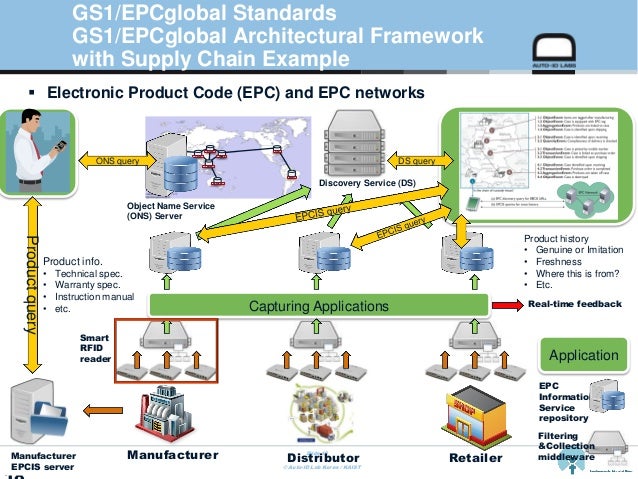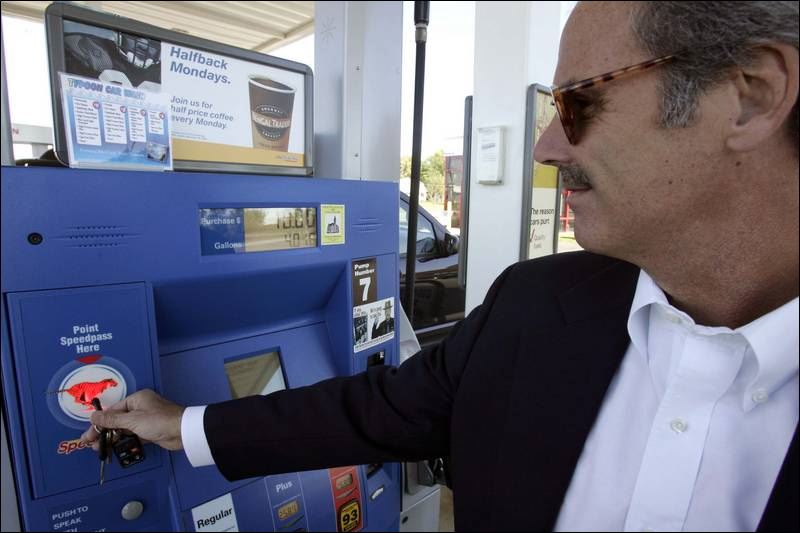RADIO FREQUENCY IDENTIFICATION(RFID) READERS:





2.WAREHOUSE MANGEMENT:

3.RFID IN HOSPITALS:



HANDHELD RFID READERS:
It reads the individual tags attached to all items located inside a sealed shipping box or palette .


PORTAL RFID READERS:
It can be used to read all the RFID tags inside a box or plaette when it passes through the portal, greatly speeding up the shipping and delivery process.



EG:-Using kiosks. customers can find the exact self location of any book in the store; taking inventory just requires passing a handheld RFID reader by each shelf, which is done 3 times a week by two employees.

Read/write RFID tags that allow additional information to be added to the RFID chip at any time can be used.
EG:- record information about a products origin, shipping history, the temperature range the item has been exposed to,etc.,
RFID technology is also being used to track wounded soldiers, civilians and POWs.

RFID will allow consumers to perform self-checkout at a retail store by just pushing a cart of items past an RFID reader to ring up all of their items at one time.


Electronic Product Code(EPC) is typically assigned to each product and stored in its RFID tag.This code can be used in conjuction with a database to determine additional product information, such as pricing information, when the RFID tag is read at the checkout.

Electronic toll collection: RFID tags located on vehicle windshields automatically deduct the proper toll amount from the accounts of registered users as they drive their vehicles past the toll booth.


Electronic payment key fobs: Enable customers to pay for purchases at gas stations and fast food restaurants just by waving their RFID-enabled key fob close to a special reader.



Near Field Communication---a short range wireless communication standard--when used in conjuction with RFID and mobile phones allows consumers to make electronic payments via mobile phones.


Memory spot: a tiny chip under development at HP Labs.It can store up to one-half MB of data, requires no battery,It can be erased and rewritten.It can be used to store dozens of pages of text,
several images and very short video clip and audio.
It stores patient data in regular hospital wristbands, to secure passports and other sensitive documents, and other applications.


wristband with memory memory spot chip
spot

It is a technology that can store and transmit data located in RFID tags.
RFID tags contain tiny chips and radio antennas and can be attached to objects, such as products, ID cards, assets, shipping containers and more.

RFID TAGS:

RFID ANTENNA:

PASSIVE RFID TAGS: The reader provides the power needed by the tags to broadcast data.
ACTIVE RFID TAGS: It includes a battery, so they can broadcast data on continual basis.
RFID APPLICATIONS:
1.LIBRARY SYSTEMS:
1.LIBRARY SYSTEMS:

2.WAREHOUSE MANGEMENT:

3.RFID IN HOSPITALS:

HANDHELD RFID READERS:
It reads the individual tags attached to all items located inside a sealed shipping box or palette .
PORTAL RFID READERS:
It can be used to read all the RFID tags inside a box or plaette when it passes through the portal, greatly speeding up the shipping and delivery process.

EG:-Using kiosks. customers can find the exact self location of any book in the store; taking inventory just requires passing a handheld RFID reader by each shelf, which is done 3 times a week by two employees.

Read/write RFID tags that allow additional information to be added to the RFID chip at any time can be used.
EG:- record information about a products origin, shipping history, the temperature range the item has been exposed to,etc.,
RFID technology is also being used to track wounded soldiers, civilians and POWs.

RFID will allow consumers to perform self-checkout at a retail store by just pushing a cart of items past an RFID reader to ring up all of their items at one time.


Electronic Product Code(EPC) is typically assigned to each product and stored in its RFID tag.This code can be used in conjuction with a database to determine additional product information, such as pricing information, when the RFID tag is read at the checkout.

Electronic toll collection: RFID tags located on vehicle windshields automatically deduct the proper toll amount from the accounts of registered users as they drive their vehicles past the toll booth.

Electronic payment key fobs: Enable customers to pay for purchases at gas stations and fast food restaurants just by waving their RFID-enabled key fob close to a special reader.


Near Field Communication---a short range wireless communication standard--when used in conjuction with RFID and mobile phones allows consumers to make electronic payments via mobile phones.

Memory spot: a tiny chip under development at HP Labs.It can store up to one-half MB of data, requires no battery,It can be erased and rewritten.It can be used to store dozens of pages of text,
several images and very short video clip and audio.
It stores patient data in regular hospital wristbands, to secure passports and other sensitive documents, and other applications.


wristband with memory memory spot chip
spot

This comment has been removed by the author.
ReplyDeleteThanks for sharing informative post dear gps antenna manufacturer & wimax antenna manufacturer
ReplyDelete